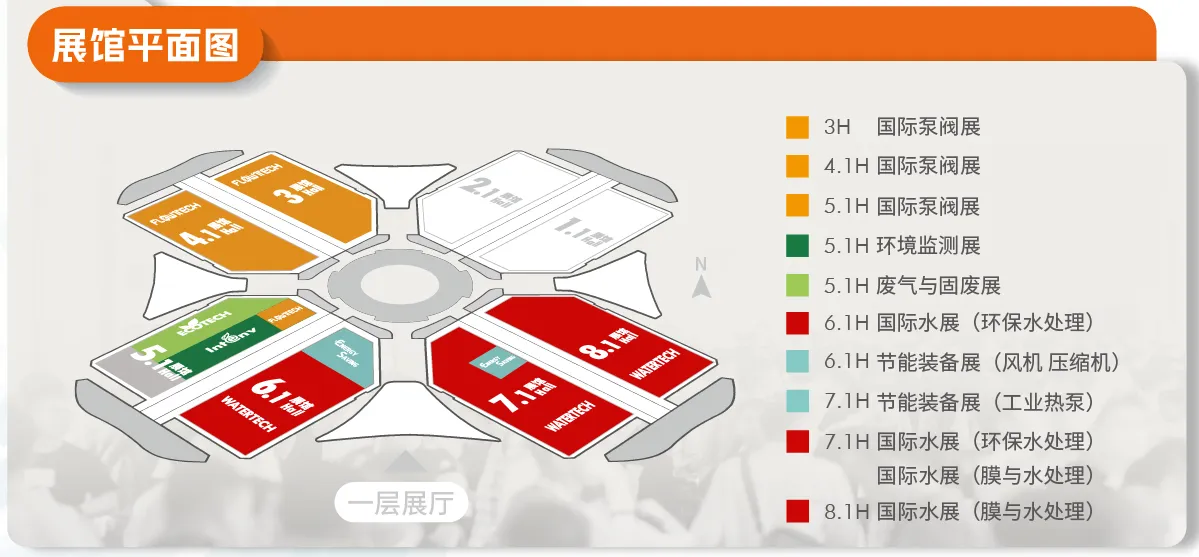Mobile:+86-311-808-126-83
Email:info@ydcastings.com
Choosing the Right Impeller for Your Overhead Stirrer Applications
Understanding Overhead Stirrer Impellers Key Features and Applications
In the realm of laboratory and industrial mixing, overhead stirrers play a crucial role in achieving uniformity and consistency in various processes. At the heart of these stirrers are impellers, which are essential components that directly influence mixing efficiency, shear rates, and the overall performance of the stirring operation. This article aims to explore the characteristics, types, and applications of overhead stirrer impellers, highlighting their significance in both research and industrial settings.
The Function of Impellers in Overhead Stirrers
Impellers serve as the driving force behind the stirring process. They create a flow pattern in the liquid, facilitating the mixing of components. Proper impeller design ensures effective circulation and promotes efficient blending of liquids, suspensions, and emulsions. The effectiveness of an impeller is contingent on several factors, including its size, shape, and rotational speed.
When an impeller is rotated, it generates a vortex that draws liquid from the surface to the bottom and back again, promoting a thorough mixing action. This kaizen in the mixing process can be particularly valuable in applications that require homogeneity, such as chemical reactions, biological cultures, or the dissolution of solids.
Types of Impellers
There are various types of impellers, each designed for specific mixing applications. The choice of impeller can greatly affect the overall performance of an overhead stirrer.
1. Straight Blade Impellers Commonly used for general mixing, these impellers consist of straight blades that extend from the hub. They are effective for low-viscosity fluids and can create a strong axial flow.
2. Propeller Impellers Featuring blades that are inclined at an angle, propeller impellers are ideal for rapid mixing and are particularly effective for low to medium viscosity liquids. They are widely used in applications requiring shear mixing.
3. Radial Flow Impellers These impellers are designed to push liquid radially outward, creating a uniform flow pattern. They are well-suited for applications involving higher viscosity fluids or when more agitation is needed.
4. Anchor Impellers With a shape that closely conforms to the walls of the mixing vessel, anchor impellers are primarily used in highly viscous materials. They facilitate the movement of thick substances, ensuring that all parts of the mixture are adequately stirred.
overhead stirrer impeller

5. Turbine Impellers Turbine impellers have multiple blades that create both axial and radial flow, making them ideal for high-shear mixing applications. They are often employed in processes that require the dispersion of solids or the creation of emulsions.
Key Considerations in Impeller Selection
Choosing the right impeller for an overhead stirrer is paramount for optimizing mixing performance. Several factors should be taken into account
- Viscosity of the Fluid The viscosity affects how the fluid dynamics behave within the mixing vessel. For low-viscosity fluids, straight blade or propeller impellers may suffice, while high-viscosity applications may require anchor or turbine impellers.
- Mixing Objectives Consider the desired outcome of the mixing process. Different impellers provide varying shear rates and mixing patterns, which will influence the effectiveness of the operation.
- Scale of Production In industrial settings, scaling up the mixing process can lead to different challenges. The impeller design may need to be adjusted based on the volume and properties of the material being mixed.
- Energy Efficiency Depending on the application, one must also consider energy consumption and operational costs. Selecting an impeller that maximizes mixing efficiency while minimizing energy input can lead to more sustainable operations.
Applications of Overhead Stirrer Impellers
Overhead stirrers equipped with various impellers find applications across diverse industries. In pharmaceuticals, for instance, they are crucial in blending components for drug formulation. In the food industry, they help in emulsifying sauces and dressings. In chemical processing, impellers are used to ensure adequate mixing of reactants, improving reaction rates and product yield. Similarly, in research and development, overhead stirrers with appropriate impellers facilitate experiments that require precise control over mixing conditions.
Conclusion
The choice of impeller in overhead stirrers is a vital component in ensuring effective mixing processes across various applications. By understanding the distinct characteristics and functionalities of different impellers, researchers and manufacturers can optimize their operations, enhancing both productivity and quality in their final products. As technology advances, the development of new impeller designs will continue to shape the future of mixing in both laboratory and industrial settings.
-
What Makes Stainless Steel Pump Casting Essential for Modern Industries?NewsJul.14,2025
-
Revolutionize Your Engine Maintenance with Premium Aluminum and Cast Iron ComponentsNewsJul.14,2025
-
Precision Flow Engineering Starts with the Right Pump ComponentsNewsJul.14,2025
-
Maximize Efficiency: Explore Reliable Containment and Crop SolutionsNewsJul.14,2025
-
Discover Superior Performance with Advanced Turbo ComponentsNewsJul.14,2025
-
Boost Fluid Dynamics with Precision-Engineered Pump ComponentsNewsJul.14,2025











